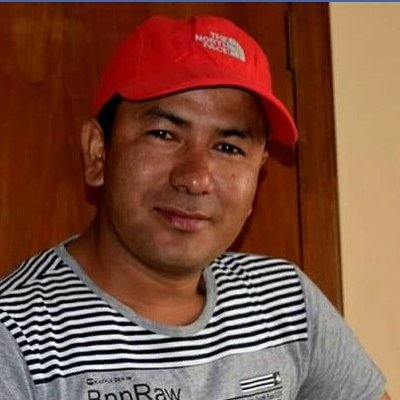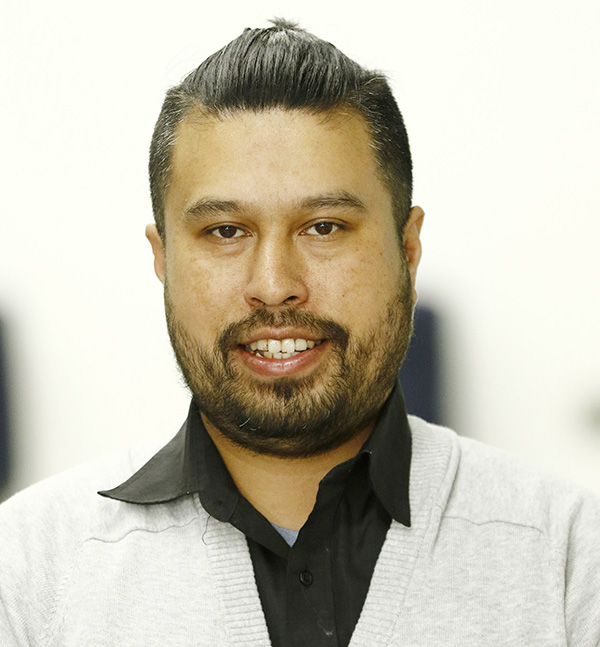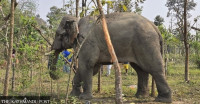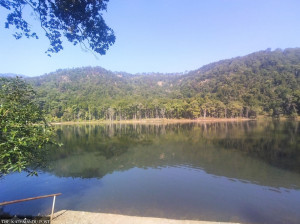Sudurpaschim Province
With just a few hundred speakers, the Dhuleli language is on the brink of dying out
A spoken language with no written script, Dhuleli is primarily spoken in Bajhang by the Rokaya, Kami and Bohara communities
Basant Pratap Singh & Samuel Chhetri
Just two decades ago, the village of Dhuli in the hills of west Nepal resounded with a language unlike any other. Spoken primarily by the Rokaya, Kami and Bohara communities, Dhuleli was once the lingua franca of thousands of people across half a dozen villages in west Nepal. Today, it is on the brink of vanishing.
“Two decades ago, most of us didn’t understand Nepali. Dhuleli was our preferred language,” says Matbir Rokaya, whose native language is Dhuleli. “But since our children have started moving out of the district, they’ve taken to speaking other languages, and now most young people have forgotten to speak their own language.”
According to UNESCO, there are five categories for endangered languages—vulnerable (most children can speak the language, but it is restricted to certain realms); definitely endangered (children no longer learn the language as a mother tongue); severely endangered (older generations speak the language and younger generations understand, but cannot speak); critically endangered (the only surviving speakers are old and speak infrequently); and extinct (no speakers at all).
By these definitions, the Dhuleli language qualifies as either severely or critically endangered, depending on informal reports from Jyanti, Jagera, Saingaun, Dhuli, Balaudi, Lafadi and Neuna villages, where the language is spoken.
But elders and community leaders from Saipal Rural Municipality, where Dhuli is located, say that the language has witnessed a rapid decrease in speakers due to the influx of other languages like Nepali and English.
Mina Rokaya, a local woman from the village of Jagera, said that her children don’t speak Dhuleli since they never learnt it.
“The new generation has forgotten its own tongue,” she said. “Only the elders speak Dhuleli. It’s sad to see our language disappearing.”
According to Ethnologue, a global record of languages, Nepal currently has as many as 126 living languages. Of them, at least three—Dura, formerly spoken in Lamjung District; Kusunda, spoken in Tanahun District, western hills; and Waling of Bhojpur District—are extinct.
The 2011 population census report states that there are 123 languages spoken as mother tongue and the 2001 census reports that there more than 36 indigenous languages of Nepal are now endangered because of their extremely small population which include Kusunda, Raute, Bote, Hyolmo, Sangpang among others with a population under 5,000 and in some cases, under 100.
While there is no record of Dhuleli on UNESCO’s Atlas of the World’s Languages in Danger, the 2011 Nepal census identifies just 347 native speakers of Dhuleli, all in Bajhang district. However, Jaya Singh Rokaya, chairman of Saipal’s Ward No. 4, says that around 200 families living in the seven villages of the municipality speak Dhuleli.
“The unofficial number of people speaking Dhuleli is around 750, comprising mostly of the elderly,” he said. “The younger generation can neither understand nor speak the language.”
The Dhuleli language is unique in a number of ways. It is primarily a branch of the Bhot-Burmeli (Tibeto-Burman) language, according to Bishnu Bhakta Shastri, a linguistics student who wrote his Master’s thesis on the Dhuleli language.
“Though the language seems to have taken influences from the language spoken by Byansi folks of Darchula and the Tibetan language, Dhuleli language stands completely on its own. It can’t be clubbed with any other spoken language in the world today,” Shastri told the Post.
According to Shastri, the language has been passed down from one generation to the next in its spoken form and does not have a written script, as is the case with many other languages spoken by indigenous minority groups in Nepal.
There could be numerous reasons behind the slow death of this language, but the primary cause is out-migration, said Dan Raj Regmi, a professor at Tribhuvan University’s Linguistics Department, who recently conducted a social Social Language Scientific Survey of the Dhuleli language.
However, Regmi said that Dhuleli was the primary medium of communication in a majority of among speaking villages and was spoken by children and the elderly alike. “We cannot label the Dhuleli language as extinct,” said Regmi. “But it is endangered.”
Regmi said that even some Tamang people living in the lower areas understood the language.
The Nepal Language Commission and Tribhuvan University are both coordinating with Saipal rural municipality to work on the promotion, recognition and promotion of the language, according to Rajendra Bahadur Dhami, Saipal chairman.
The commission is working to determine the alphabets by studying the oral and corporal properties of the language, in coordination with the university’s Socio-Linguistic Survey team, said Lok Bahadur Lopchan, under-secretary at the Nepal Language Commission and chief of the Mother Tongue Education Section.
“After the alphabet determination is complete, we will move ahead with preparing a language dictionary, followed by grammar and the history of the language,” said Lopchan.




 6.12°C Kathmandu
6.12°C Kathmandu

















